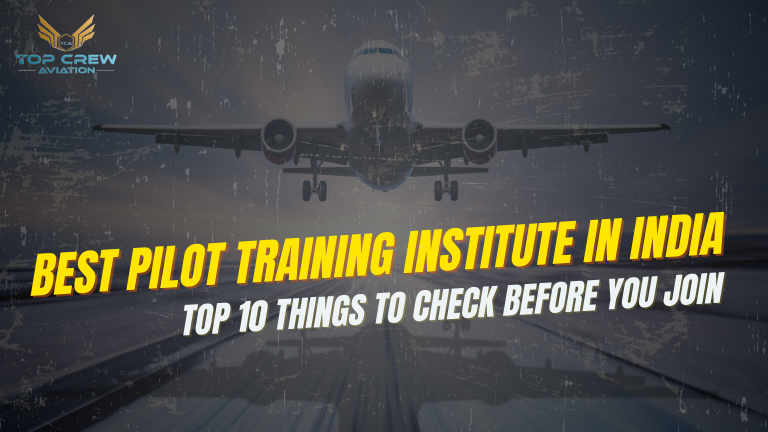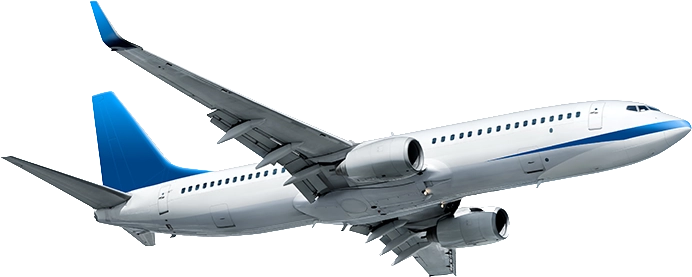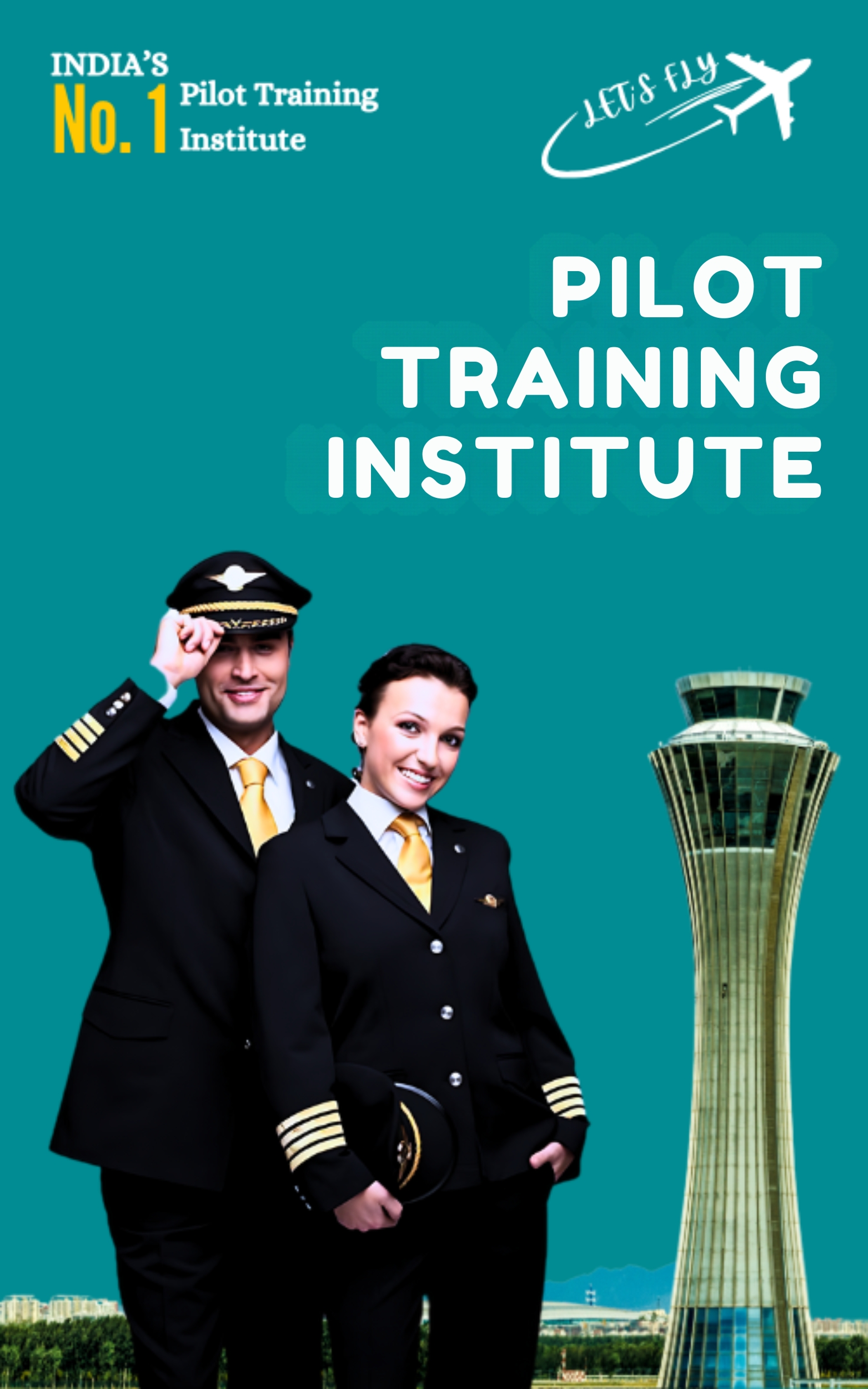Best Pilot Training Institute in India – Top 10 Things to Check Before You Join
Choosing to become a pilot can very well be one of the most thrilling and fulfilling walks of life chartered; however, the selection of the right training is the start of the road toward it.
Choosing an institute for pilot training in India is not something one undertakes lightly. Training is expensive, running into several lakhs, and careers hang in the balance. Thus, picking the wrong institute can either delay one’s opportunities or cause monetary losses, or even put one’s aspirations on hold.
Here are 10 things which you should never fail to weigh when joining a pilot training institute in India, in order to get into the right one.
1. DGCA Approval is Non-Negotiable
The Directorate General of Civil Aviation (DGCA) is the aviation regulator in India. Only a DGCA-approved institute can legally train you for a Commercial Pilot License (CPL). Training at a non-approved school means your license won’t be recognized, no matter how many hours you fly.
Tip: Always verify the approval on the official DGCA website rather than relying solely on brochures or sales pitches.
2. Fleet Size and Aircraft Condition
Your flying skills depend heavily on how much access you get to well-maintained aircraft. Institutes with just a handful of airplanes often face long waiting lists, forcing students to delay their training. On the other hand, institutes with larger fleets (Cessna 152/172, Piper Warrior, Diamond DA-40/42, etc.) provide smoother training progress.
Tip: Ask how many students share each aircraft and whether the fleet is equipped with modern avionics like glass cockpits.
3. Instructor Quality and Attention
A set of experienced instructors is the backbone of a good flight school. Instructors with thousands of hours teach real-world decision-making rather than merely flying a textbook procedure. It is also true that a very high student-to-instructor ratio becomes an impediment to complete attention being delivered by an instructor.
Tip: Ask current students if instructors provide feedback after each flight on a personal basis.
4. Simulator Facilities
High end simulators enable students to practice instrument flying, navigation, and emergency procedures without fuel consumption or hazards. These simulators are extremely useful in preparing for the DGCA exams and check rides. Institutes with DGCA-approved simulators such as an FNPT II are a tremendous bonus.
Tip: Check and see how many hours of simulator time are included in the course package, and whether they have been incorporated into the training schedule.
Flight Simulator Training Top crew Aviation
5. Ground School Strength
Many students underestimate the importance of ground training, only to realize later that the DGCA theory examinations are tough. Structured preparation for ground school in Air Regulations, Meteorology, Navigation, and Technical subjects is as very much necessary as flying.
Tip: Check for dedicated classrooms and mock exams, with ground instructors who concentrate on conceptual clarity as opposed to rote learning.



